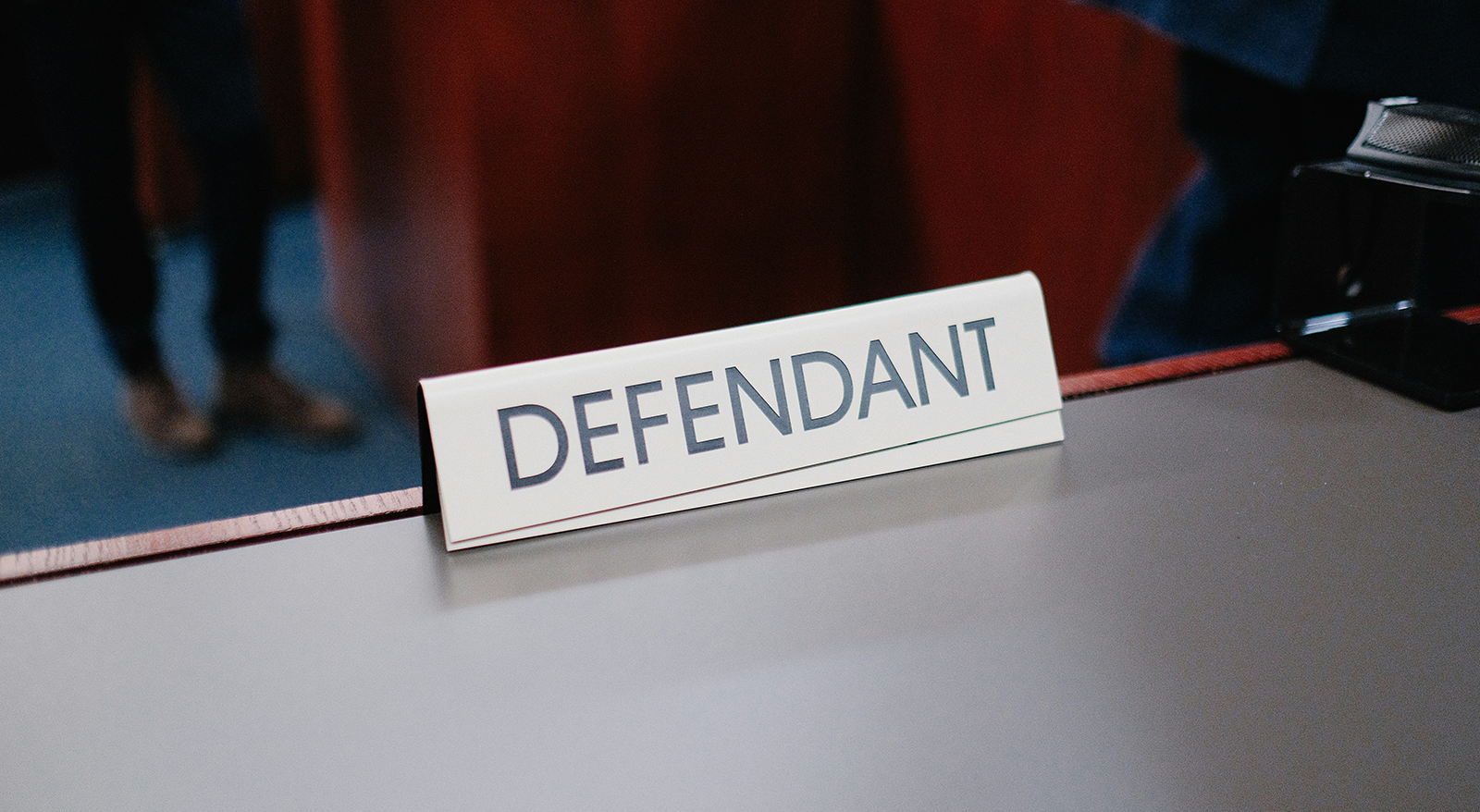By Jeffrey Randolph, Esq., ANJC General Counsel
I’ll bet that many of you chiropractors that are reading this article have been in practice in New Jersey for decades, but have never had to defend themselves in a civil malpractice action by a patient.
That is a good thing, and indicative of the safety of chiropractic in general and the skill of chiropractors in our state.
However, the law of averages states that if you are in practice 20–30 years, you are bound to be sued by a patient at least once, whether meritorious or frivolous.
One of the best things that a chiropractor can do to prepare themselves for this eventuality is to read the Model Civil Jury Charges for Malpractice Cases which are issued by the New Jersey Courts. New Jersey is one of many states that has a standard catalog of jury charges that are read to a jury in a malpractice case after they have heard the evidence. The jury charges tell the jury what the controlling law is that they must apply the facts to in their deliberations which will ultimately result in a verdict.
A civil chiropractic malpractice case is essentially a negligence case against a chiropractor, who is considered a “specialist” under New Jersey law just like a board-certified orthopedist or neurologist. There are specific jury charges that apply to specialists that provide a heightened standard of care that the doctor must comport with.
To be found liable for malpractice, the patient/plaintiff has the burden of proving that the chiropractor:
i) had a duty of care to the patient (this is established by law); ii) that the chiropractor breached that duty by not meeting the minimum standard of care of chiropractors at that time (which must be established by expert chiropractic testimony); iii) that the deviation from the standard of care proximately caused injury to the plaintiff (again, expert testimony is mandatory); and
iv) the amount of damages they sustained (that may consist of permanent injury, pain and suffering, past and future medical bills, past and future lost wages).
Due to space constraints, this article will only address the process in general. Subsequent articles in the series will address standard of care, causation, damages, and other matters such as informed consent, battery, and other matters.
When a jury trial begins, the attorneys begin with opening arguments. The Court Rules dictate that the plaintiff opens first followed by the defendant. Once openings are concluded, plaintiff, who has the burden of proof, presents his or her case first by calling witnesses in their case in chief who are then subject to cross examination.
The plaintiff must prove their case by a preponderance of the evidence which means that their version of the facts is more likely than not correct (i.e., 51% likely). This is unlike the much higher burden of proof in a criminal case of beyond a reasonable doubt (i.e., 99% likely).
Once the plaintiff rests in their case in chief, the defense puts on their witnesses. When both sides rest, closing arguments occur. This time the defendant goes first per the Court Rules and the plaintiff last who has the last bite at the apple before the jury.
This is a general overview of what you would experience at a civil malpractice trial.
Subsequent articles will drill down deeper into each of the four elements that the plaintiff must prove, with the next article addressing Breach of Duty / Standard of Care.
The author of Legal Ease and Legal Q&A (Jeffrey Randolph, Esq.) is an independent person of the ANJC and his views are not authorized, sponsored, or otherwise approved by the A.N.J.C. The information provided is for general guidance on matters of interest only and may not take into account particular facts relevant to your individual situation. The application and impact of laws and health care can vary widely based on the specific facts involved. Given the changing nature of laws, rules and regulations, there may be omissions or inaccuracies in information contained in these materials. Accordingly, the information you receive is provided with the understanding that the author and the A.N.J.C. are not herein engaged in rendering legal, accounting, tax, health care or other professional advice and services nor are they providing specific advice with regard to your practice, the treatment of any specific illness, disease, deformity or condition, or any other matter that affects trade, commerce, or legal rights of others. As such, this article should not be used as a substitute for consultation with professional accounting, tax, legal, health care, or other competent advisers. Before making any decision or taking any action, you should consult an appropriately trained professional.


0 Comments